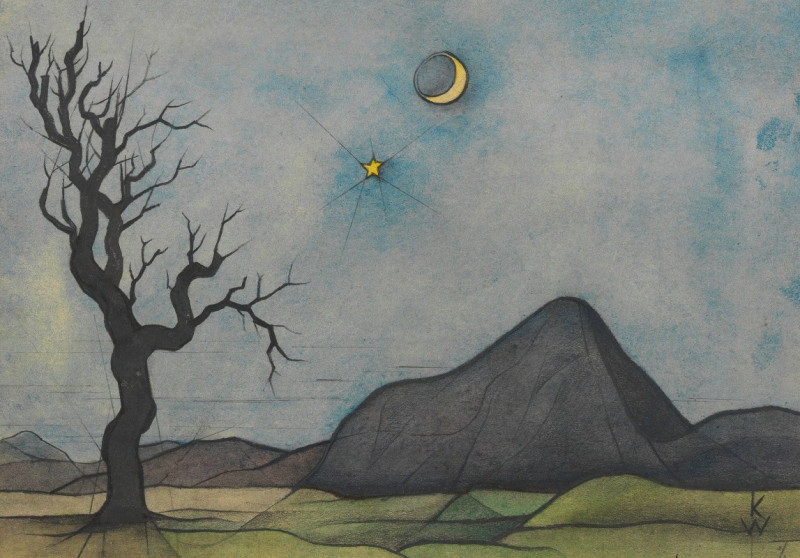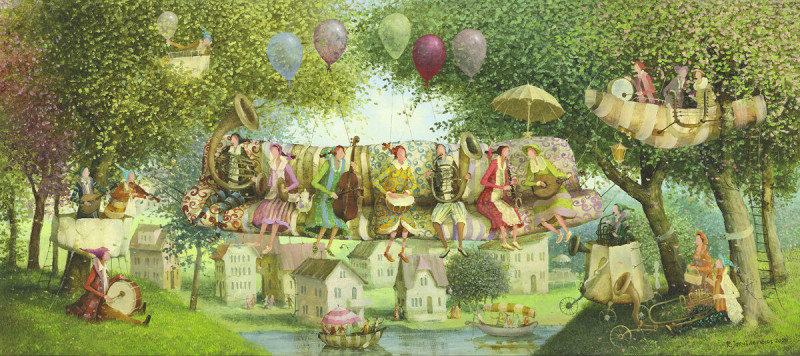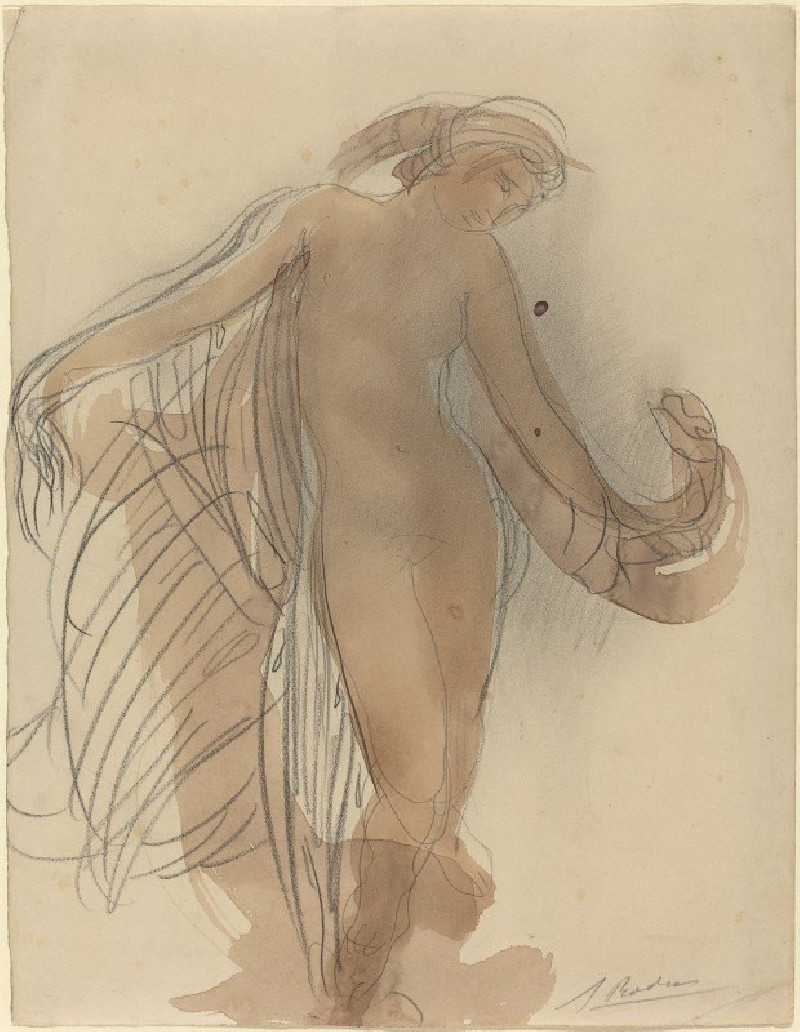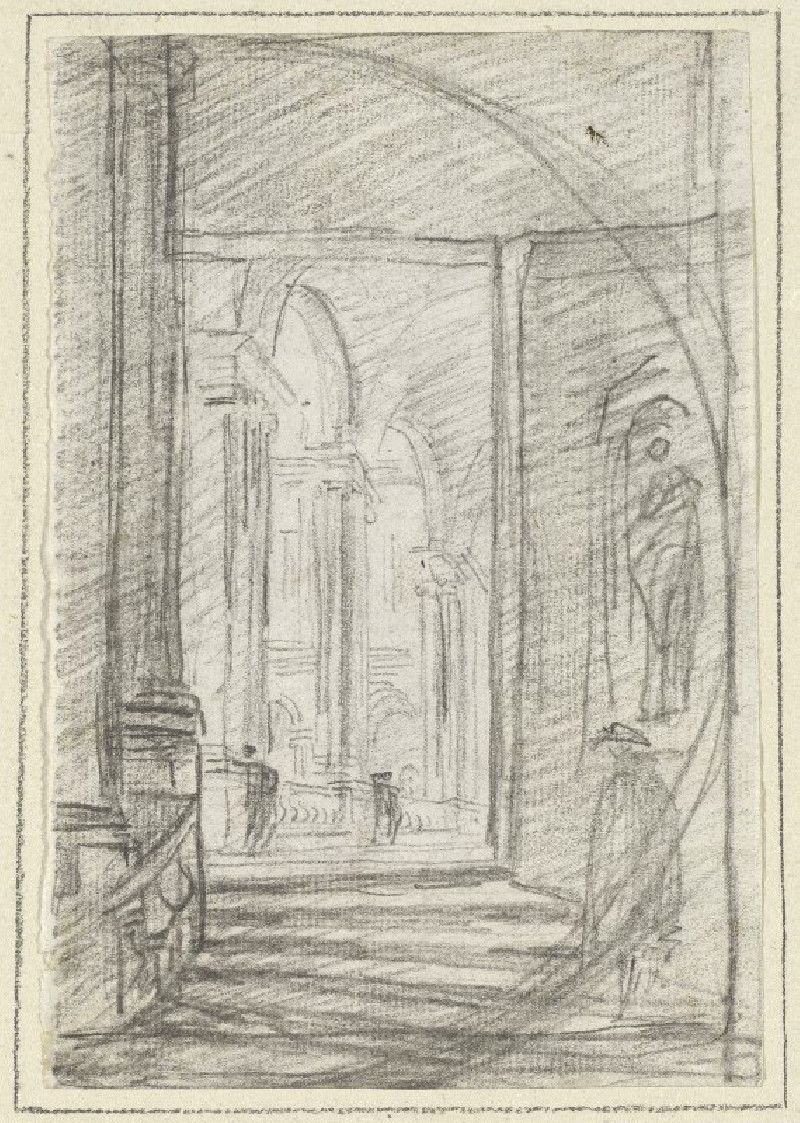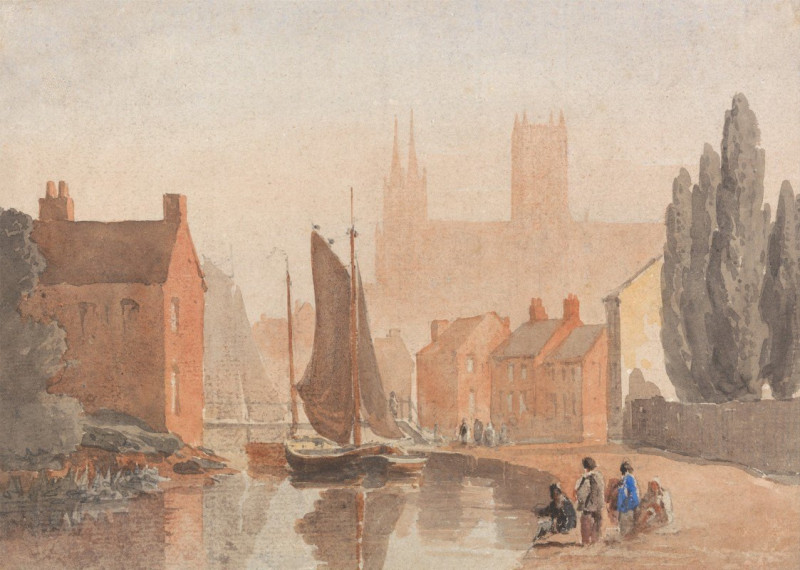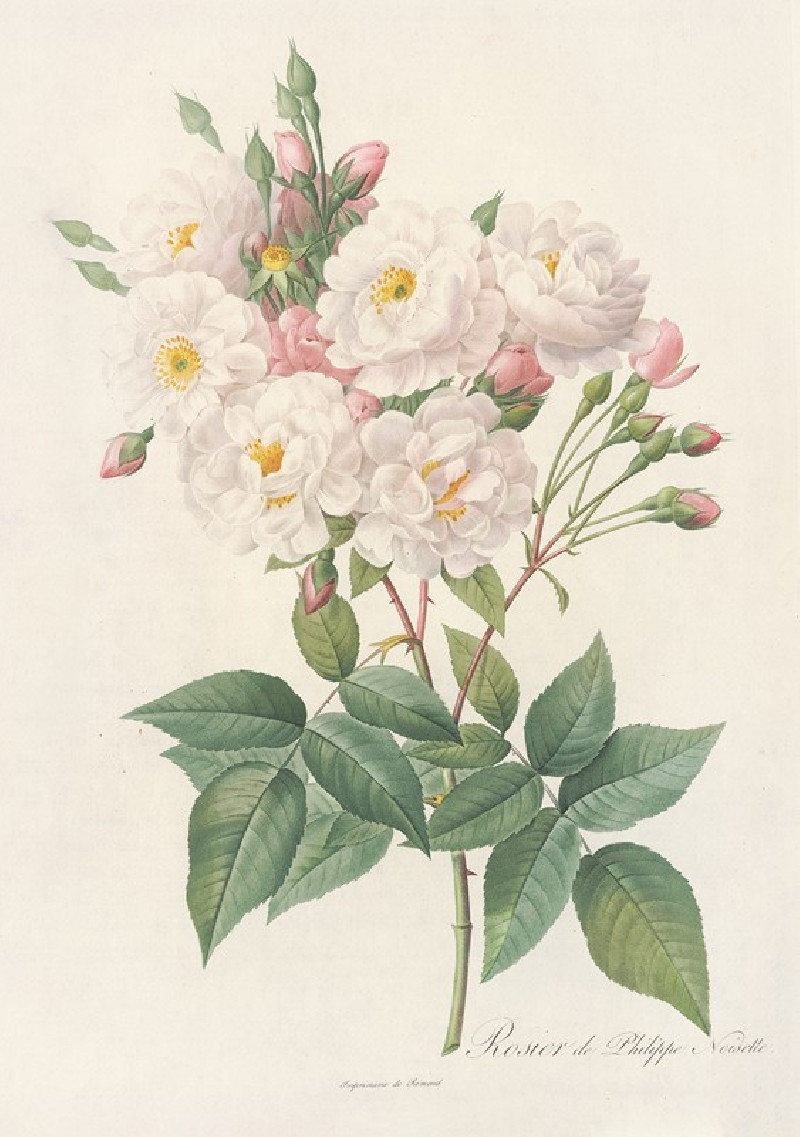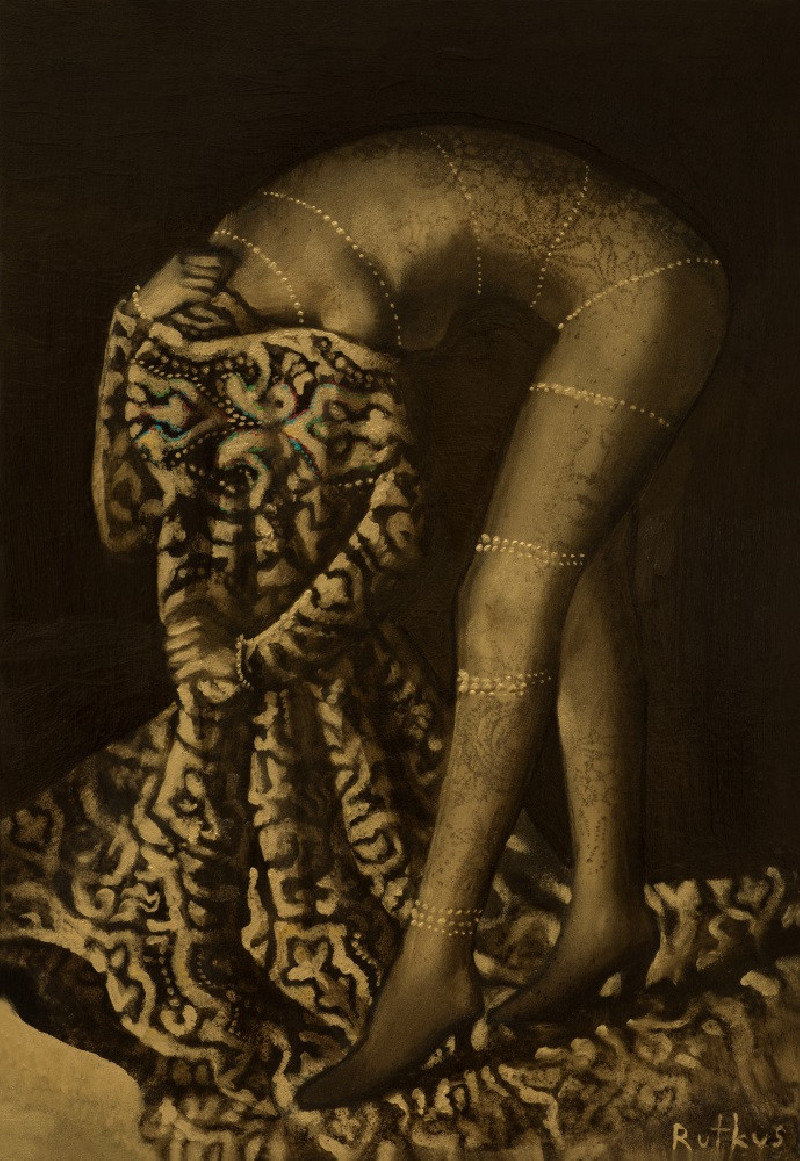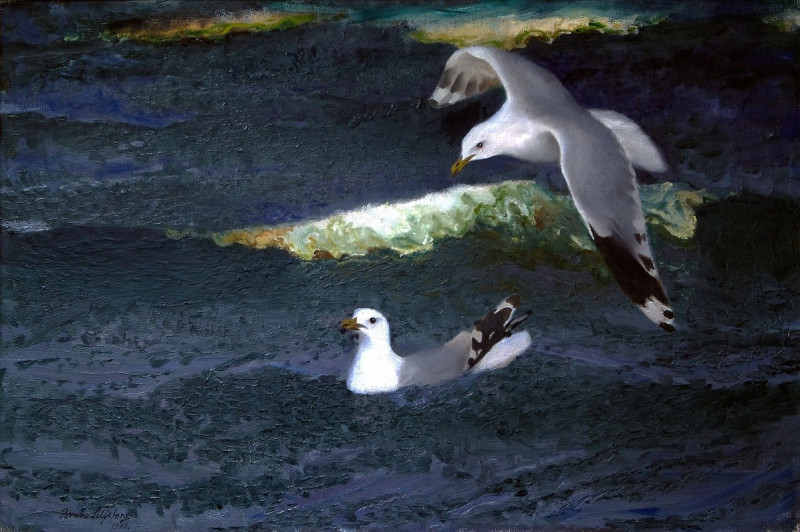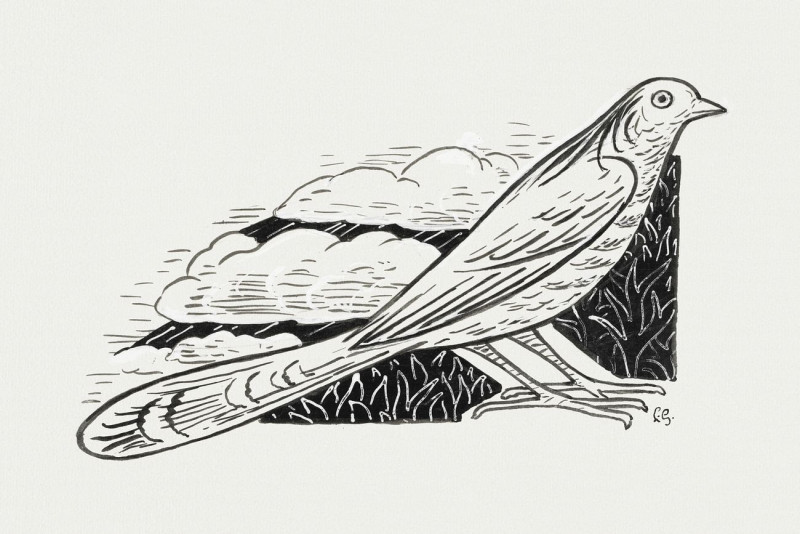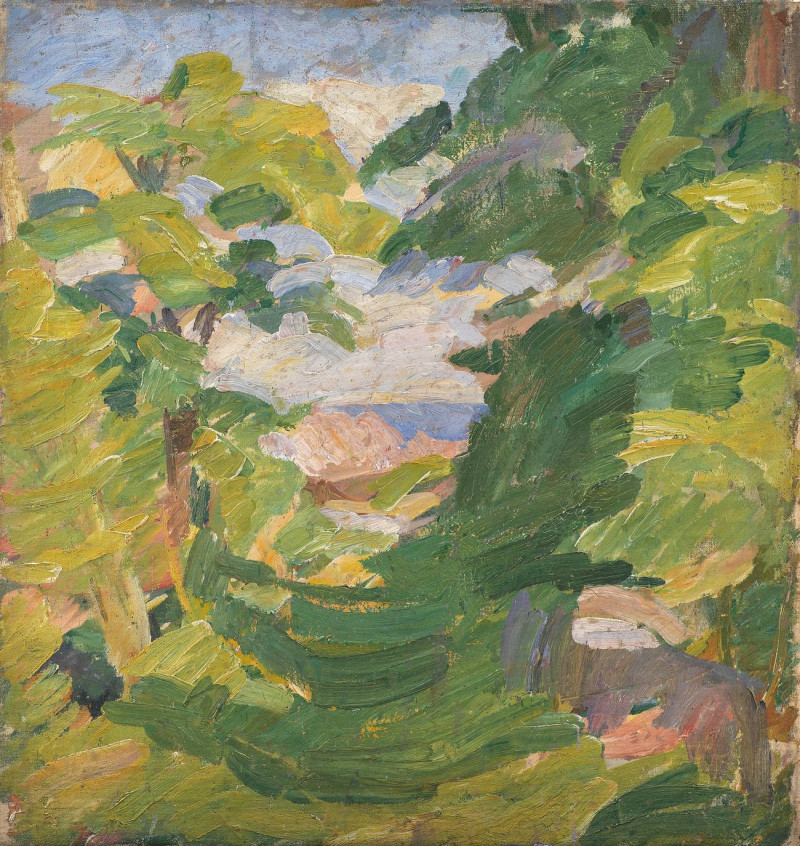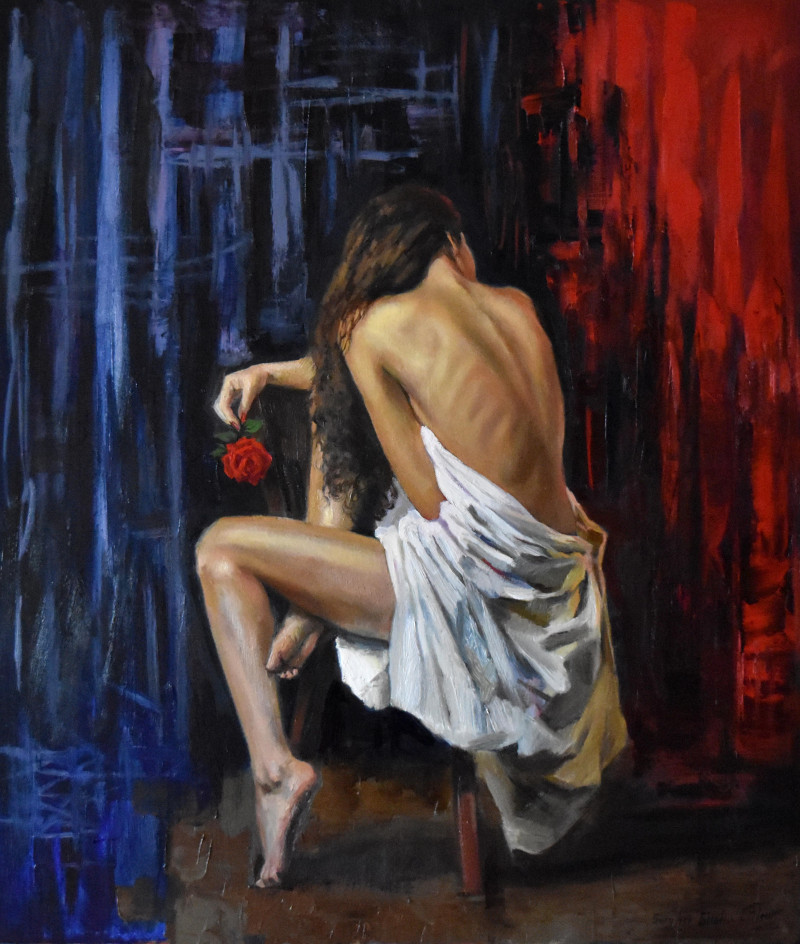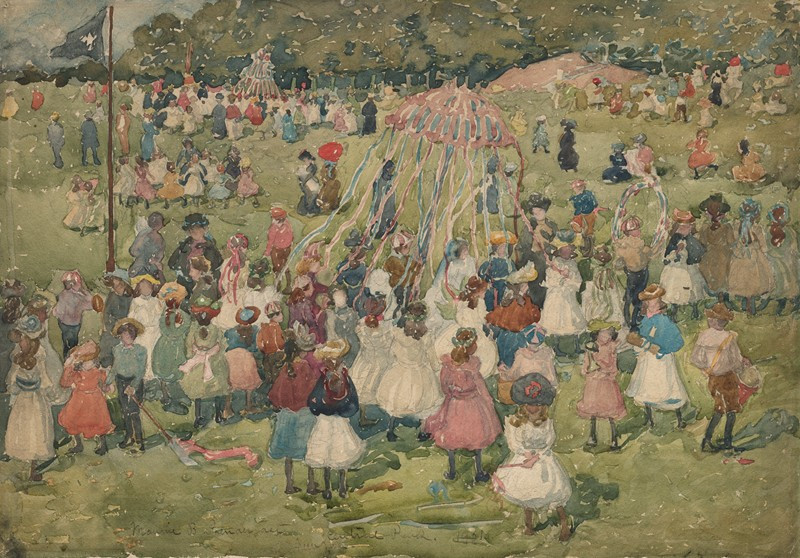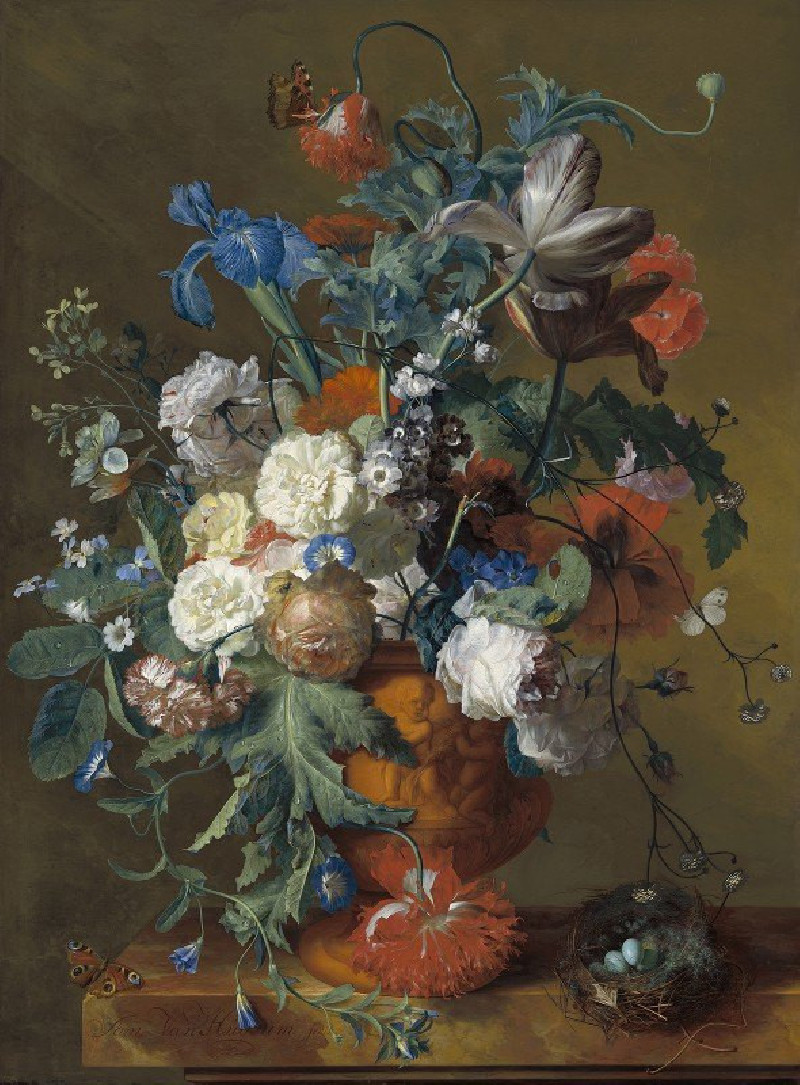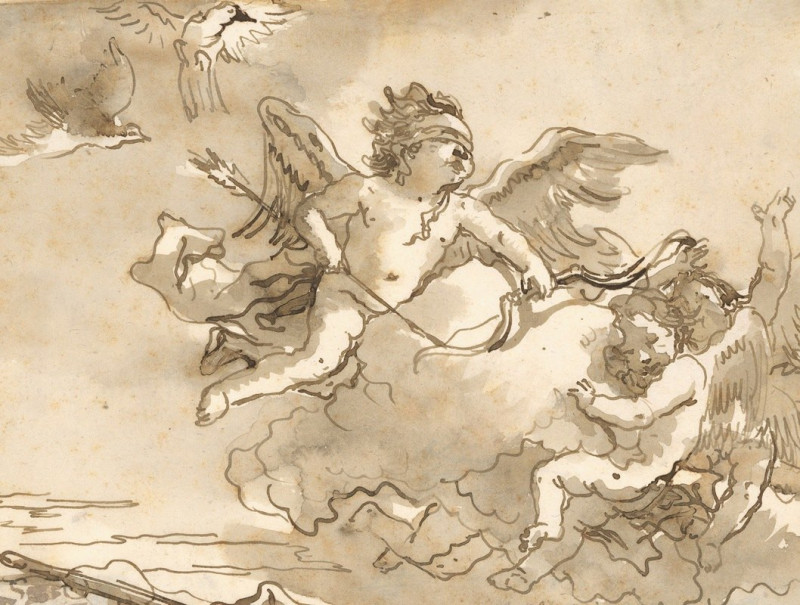Mond und Venus (1947)
Technique: Giclée quality print
Recommended by our customers
More about this artwork
In this evocative painting by Karl Wiener, titled "Mond und Venus," we are invited into a serene yet striking landscape that balances elements of surrealism and symbolism. The artwork showcases a night scene where the beauty and mystery of the celestial world play a central role. In the sky, a slender crescent moon hangs gracefully beside a vibrant, shining star presumably representing Venus, which casts a subtle glow on the surroundings.Dominating the foreground is a stark, leafless tree outlined against the twilight sky. Its twisted branches contribute to the painting's slightly eerie ambiance, mirroring the intricate dance of life and its complex contrasts. In the background, the gentle undulations of a mountain are depicted in dark hues, enhancing the sense of stillness and depth in the landscape.The cool color palette of blues and soft greens complements the theme of nighttime tranquility while adding a touch of melancholy. This simple yet profound composition draws viewers into a reflective state, contemplating the natural cycles of the cosmos and our place within it.

